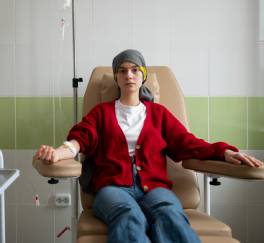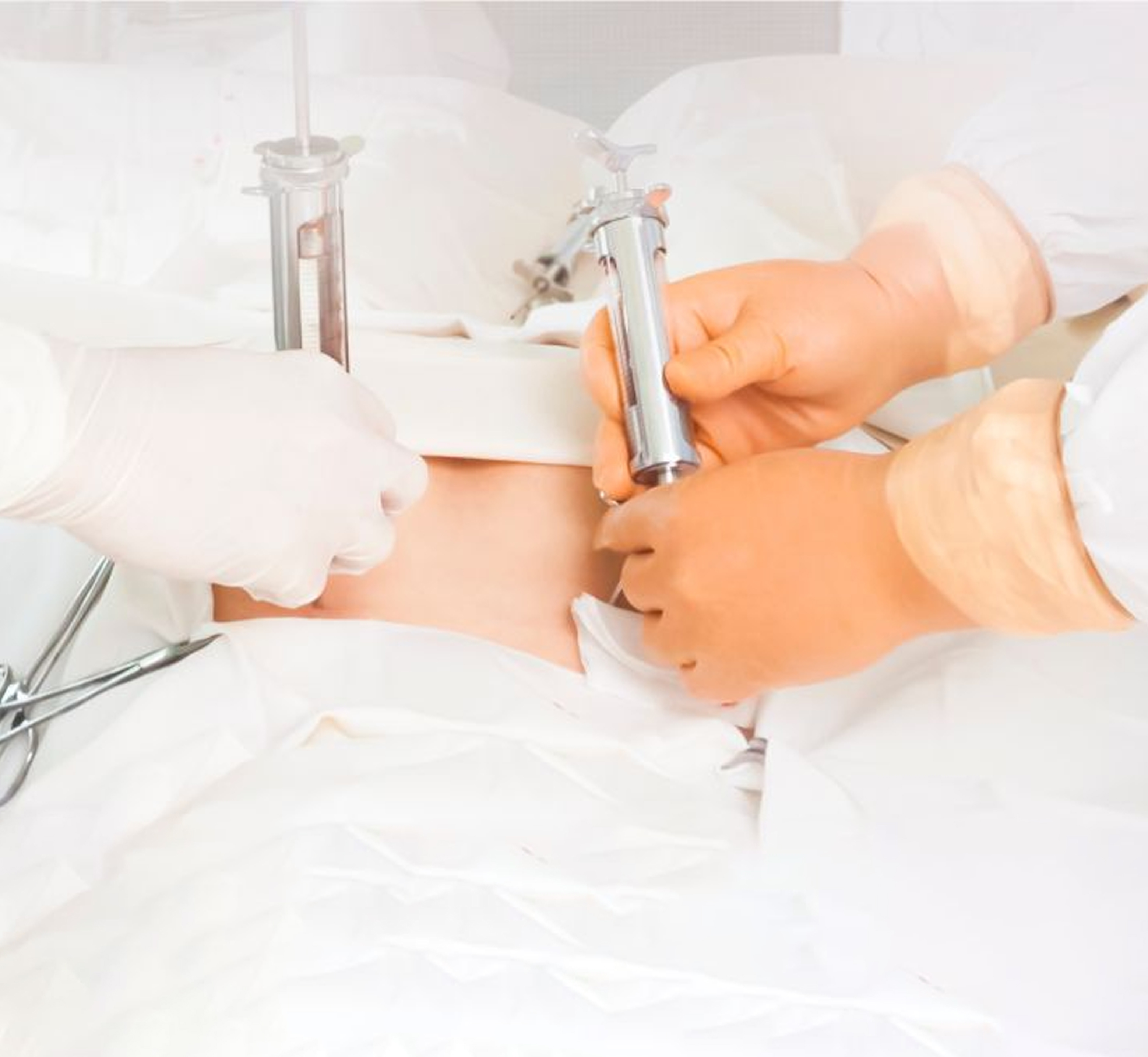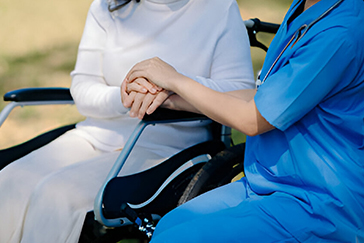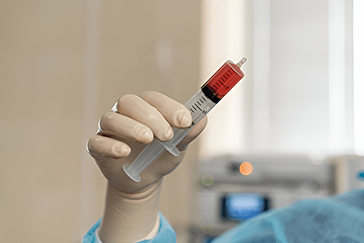 Book Appt.
Book Appt.
 Call Now
Call Now


Introduction
A haploidentical transplant is an allogeneic stem cell transplant. A haploidentical transplant involves a donor who is only partially genetically similar to the patient, rather than a donor who is a complete genetic match. The donor in this technique, also known as a haplo or half-match transplant, is typically a family member. The donor will be a partial match for the patient's human leukocyte antigen (HLA), a protein found in the body's cells. During a haploidentical transplant, stem cells are obtained from the donor and put into the patient. This medication is used to treat specific types of blood cancer, such as leukaemia, lymphoma, myeloma, and myelodysplastic syndromes.
Benefits
There are several advantages to employing a haploidentical donor in this sort of bone marrow transplant. It is easier to discover a bone marrow transplant donor when they are a partial match to the patient. With more potential donors, a transplant might be performed sooner as well. Certain ethnic groups, patients with few living family members, patients who are adopted and have no children, or those who are estranged from their family may find it easier and faster to identify a donor when an exact genetic match is not necessary.
Success Rate
Medical discoveries are constantly increasing the success rate of haploidentical bone marrow transplants. One study published in Transplantation and Cellular Therapy reported a 79.4% one-year survival rate, comparable to individuals who received a full-match allogeneic transplant. However, each patient's medical circumstance is unique, and the care team will be able to provide specific answers concerning health outcomes.
Process
The first phase in the haploidentical stem cell transplant process is conditioning, which involves administering high-dose chemotherapy and potentially radiation therapy to kill cancer cells and prepare the patient for the transplant. Conditioning may create adverse effects, but the care team will inform the patient about what to expect.
The infusion will take place when the patient has had time to recuperate from conditioning. During the infusion, the stem cells are first extracted from the donor, then processed and administered to the recipient without delay. The infusion is administered by a catheter, similar to a blood transfusion. The amount of time required depends on the amount of fluid surrounding the stem cells. During the infusion, the patient is awake and usually not in discomfort.
Patients are continuously followed and tested following the infusion, but the care team will explain what to expect during the process.
Recovery
Recovery from a haploidentical stem cell transplant is a lengthy procedure that includes both hospitalisation and rehabilitation at home. Following an allogeneic transplant, the patient may spend approximately 40 days in the hospital or transplant centre, under close medical supervision. It takes two to six weeks after the infusion for the new cells to engraft, which means they start reproducing in the body and producing new, healthy cells. Antibiotics are frequently used at this time to lessen the risk of infection.
After the patient returns home from the hospital, it may take six months or more to achieve normal immune system functions and blood count levels, thus, the recovery period may be lengthy. This can be difficult, both mentally and physically, therefore, patients should have a support system in place. Throughout the rehabilitation process, the patient's care team will also give useful resources and assistance.
Side Effects
A haploidentical transplant may cause side effects, both immediately and afterward. Patients who observe any unexpected changes in their bodies should seek advice from their care team. Because haploidentical transplants employ donor cells, the patient is at risk of developing graft-versus-host disease (GVHD), a condition in which donor cells assault and inflame the body. It could be acute or chronic, but patients will be given medicine to help prevent the illness from progressing.
Patients are also more susceptible to infection following a haploidentical transplant because chemotherapy or radiation therapy can impair the immune system. The danger is largest in the first few weeks following the transplant, so precautions should be taken to limit it. Following a haploidentical transplant, a patient may have rapid adverse effects such as exhaustion, hair loss, low levels of red blood cells and platelets, mouth sores, weight loss, nausea and vomiting, taste changes, and lack of appetite.
Some side effects may not appear until months or years after the transplant. These may include thyroid issues, bone and lung damage, early menopause, infertility, and cataracts. Patients may also acquire other types of cancer. Each patient's medical circumstance is unique, thus, not all patients have the same side effects. The patient's care team will advise on what to look for and how to deal with any adverse effects that may arise.
Conclusion
Haploidentical transplants are a promising option for individuals with haematologic malignancies who lack a matched donor. While they enhance the likelihood of finding a matching donor, they also raise the hazards, particularly those associated with GVHD. Ongoing research and advances in transplant techniques continue to improve results for patients undergoing this type of transplant, making it a viable alternative in the field of haematopoietic stem cell transplantation.
SHALBY Sanar International Hospitals provides extensive medical procedures backed up with our state-of-the-art technology and a team of highly qualified & experienced clinical experts.
Our doctors pen down their research findings and experiences from time to time. Their words provide deep insight into the latest techniques, technologies and other advancements in healthcare. It provides expert answers to all kinds of health questions for real-life issues.
VIEW ALL



.jpg)
Since the day of its foundation, SHALBY Sanar International Hospitals is committed to provide comprehensive healthcare services. It regularly organizes awareness programs in its premises and encourages outdoor healthcare activities and camps with an intent to put focus on preventive healthcare.
VIEW ALL